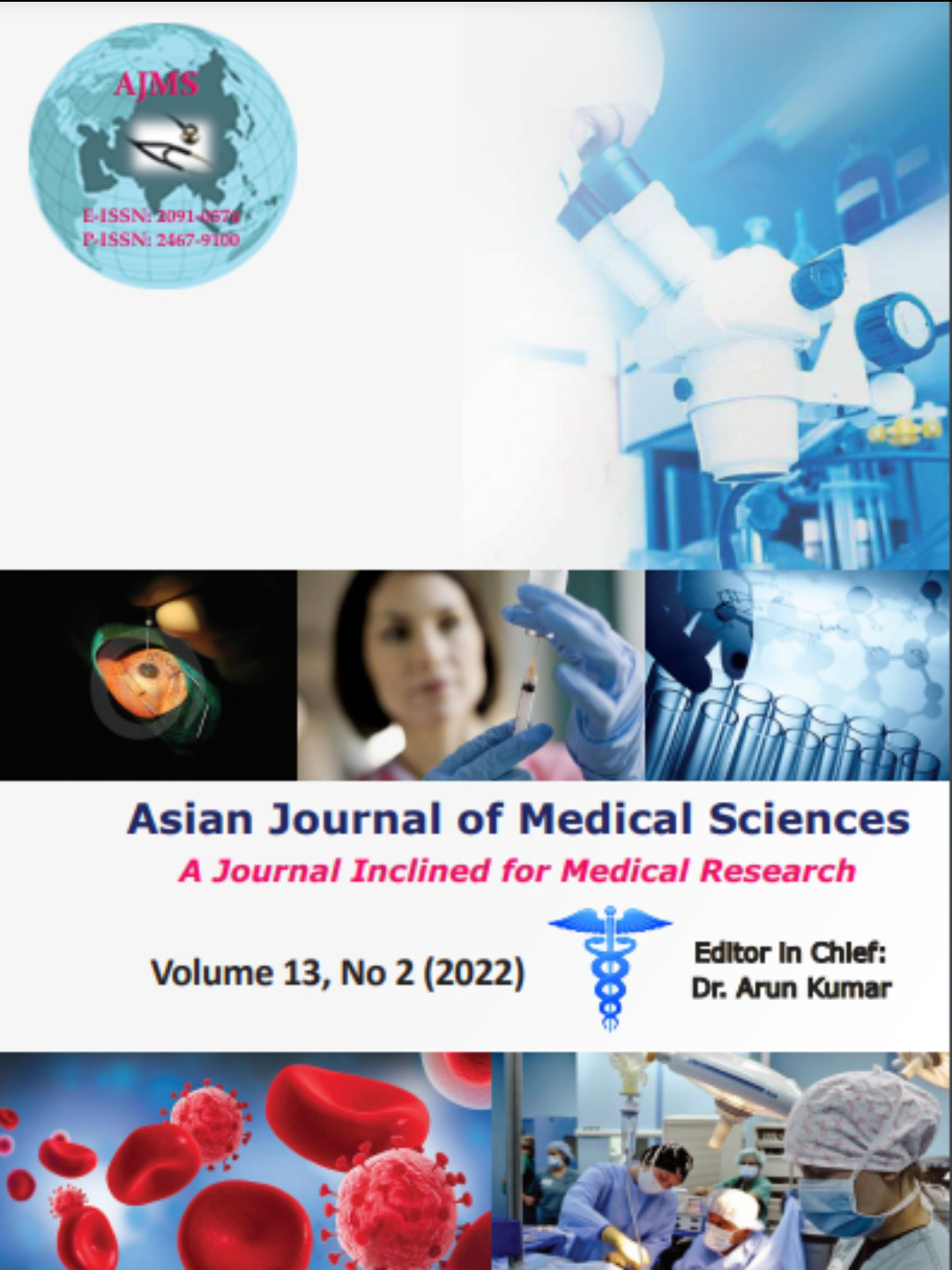Central venous oxygen saturation as the predictor of the outcome from mechanical ventilation
Keywords:
Central venous oxygen saturation, Ventilation, WeaningAbstract
Background: Central venous oxygen saturation is being currently studied and used to guide extubation in patients on ventilator for more than 48 h.
Aims and Objectives: The aim of our study was to compare chances of extubation failure after mechanical ventilation using conventional versus central venous oxygen saturation criteria for weaning from long-term mechanical ventilation.
Materials and Methods: This prospective clinical study was conducted in the Postgraduate Department of Anaesthesiology and Critical Care, Government Medical College (GMC) Srinagar and was performed in the Surgical Intensive Care Unit at SMHS, an associated hospital of GMC Srinagar. In our study, fifty-two patients were studied out of which 25 patients were extubated by standard extubation criteria and 27 patients were extubated according to ScvO2 criteria and conventional criteria combined together.
Results: Using conventional criteria on 25 patients from 52 patients, 56% had successful weaning while 44% had failure in weaning. Here, 11% should be 44%. While adding ScvO2 criteria on 27 of 52 patients, successful weaning was in 81.48% and failure in 18.52%. With sensitivity of 95.4%, specificity of 100%, positive predictive value of 100%, negative predictive value of 83.3%, and accuracy of 96.3% with confidence interval of 95%.
Conclusion: ScvO2 criteria when added to conventional criteria help the clinician to estimate proper time for extubation and reduce the rates of reintubation.
Downloads
Downloads
Published
How to Cite
Issue
Section
License
Copyright (c) 2022 Asian Journal of Medical Sciences

This work is licensed under a Creative Commons Attribution-NonCommercial 4.0 International License.
Authors who publish with this journal agree to the following terms:
- The journal holds copyright and publishes the work under a Creative Commons CC-BY-NC license that permits use, distribution and reprduction in any medium, provided the original work is properly cited and is not used for commercial purposes. The journal should be recognised as the original publisher of this work.
- Authors are able to enter into separate, additional contractual arrangements for the non-exclusive distribution of the journal's published version of the work (e.g., post it to an institutional repository or publish it in a book), with an acknowledgement of its initial publication in this journal.
- Authors are permitted and encouraged to post their work online (e.g., in institutional repositories or on their website) prior to and during the submission process, as it can lead to productive exchanges, as well as earlier and greater citation of published work (See The Effect of Open Access).




